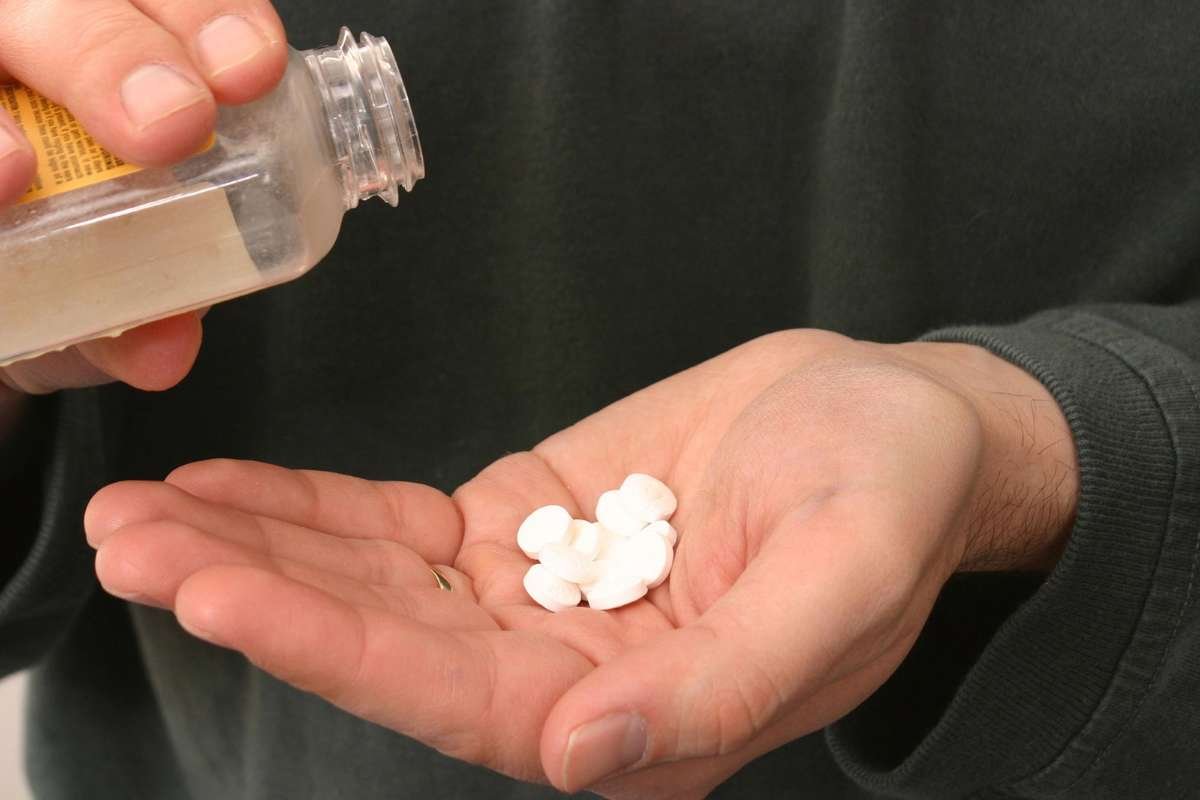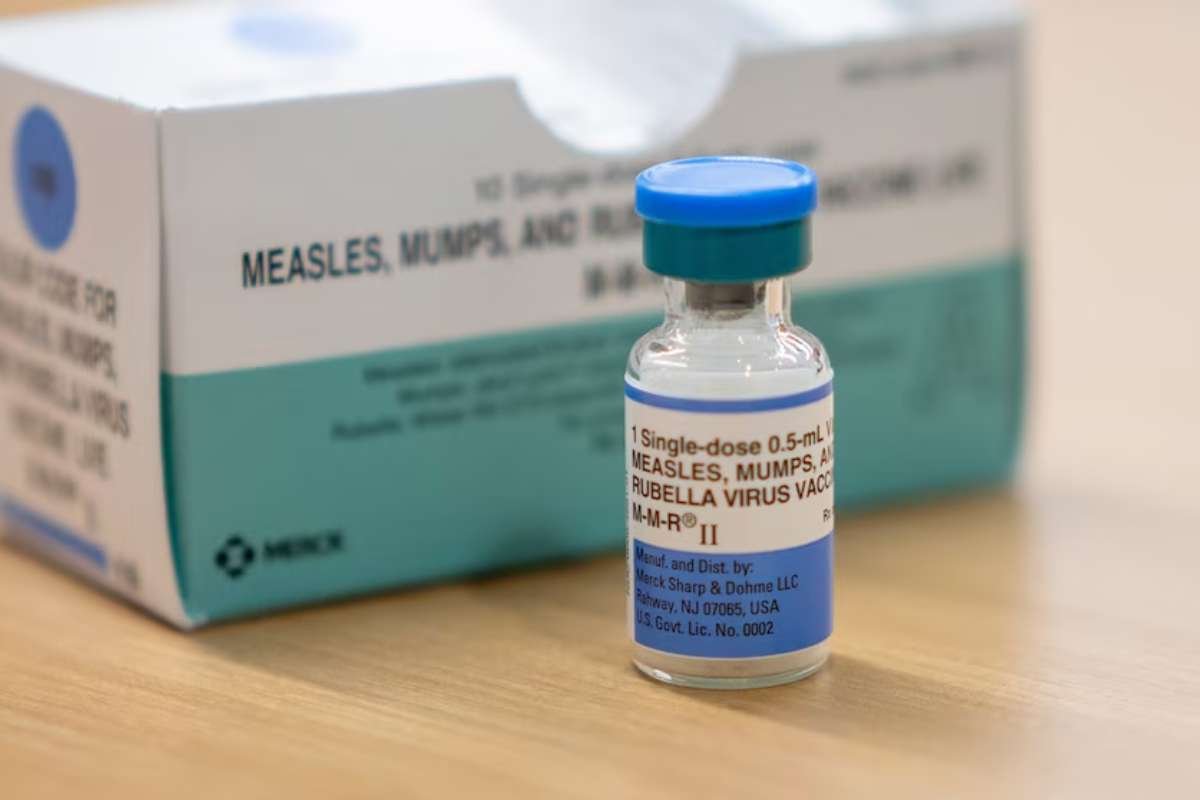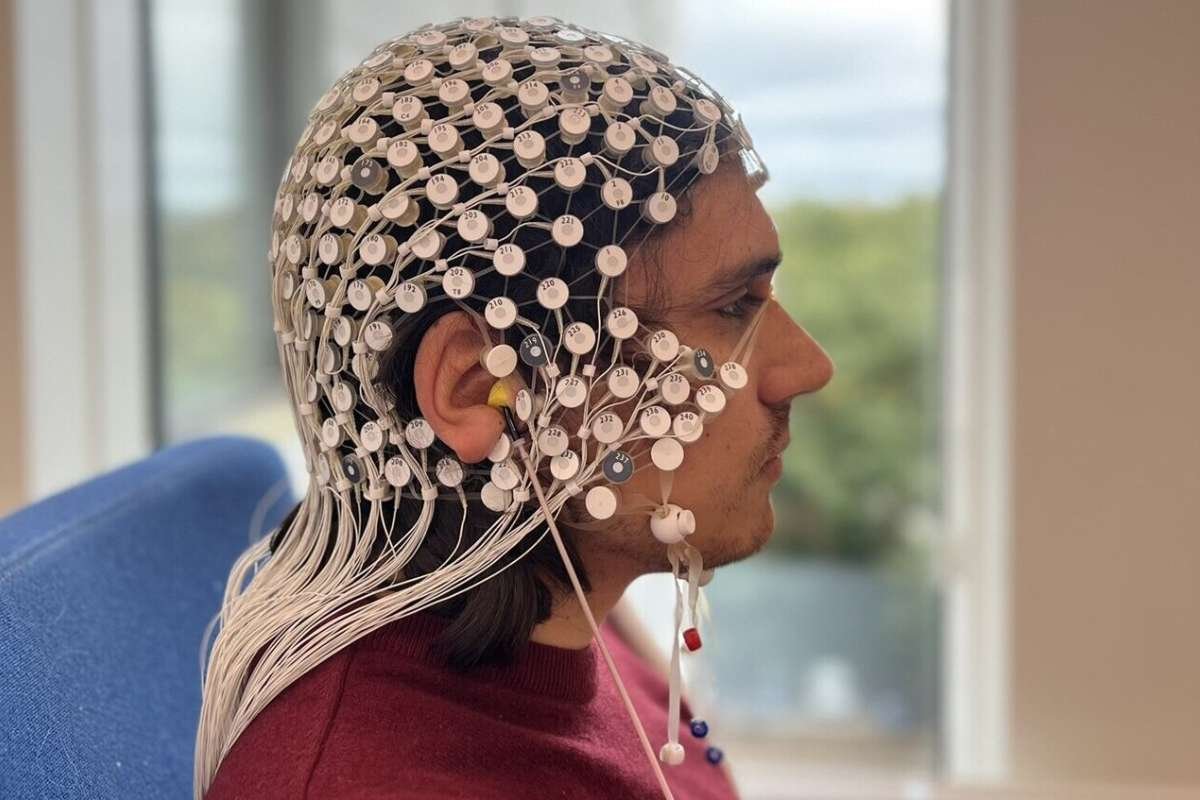Brain cancer is one of the most challenging areas of oncology. Its complexities go beyond just the biology of tumors; the brain’s natural defense mechanism, the blood-brain barrier (BBB), presents a formidable obstacle to effective treatment. However, advancements in drug delivery systems are opening new possibilities, promising a transformative shift in how we approach brain cancer therapy.
The Challenge of the Innovative Drug Delivery for Brain Cancer
The blood-brain barrier is a highly selective membrane that shields the brain from harmful substances in the bloodstream. While this barrier is essential for protecting the brain, it also prevents most therapeutic agents from penetrating and reaching their intended targets. Traditional treatments, including chemotherapy and biologics, often fail to deliver adequate drug concentrations to the brain, resulting in limited effectiveness and high systemic toxicity.
For decades, the inability to bypass the BBB has restricted innovation in brain cancer treatments. The challenge lies not only in crossing the barrier but also in delivering the therapy precisely to cancerous cells while sparing healthy tissue.
Revolutionizing Innovative Drug Delivery for Brain Cancer
Recent advancements in biotechnology and material science are overcoming these challenges, introducing Innovative drug delivery for brain cancer mechanisms that promise to redefine brain cancer treatment. These technologies aim to enhance the bioavailability of drugs in the brain, minimize side effects, and improve patient outcomes. Here are some of the most promising approaches:
1. Nanotechnology-Based Drug Delivery
Nanoparticles have emerged as a game-changing tool in oncology. These tiny, engineered particles can be designed to carry therapeutic agents across the BBB. Functionalized nanoparticles can be coated with ligands that target specific receptors on the barrier, allowing them to ferry drugs directly to tumor cells.
- Advantages: High precision, reduced systemic toxicity, and the ability to deliver a combination of drugs.
- Examples: Liposomes, dendrimers, and polymeric nanoparticles are being explored for delivering chemotherapeutic agents and genetic materials to brain tumors.
2. Intranasal Drug Delivery
The intranasal route bypasses the BBB by utilizing the olfactory and trigeminal nerve pathways. This non-invasive method allows direct drug delivery to the brain, reducing systemic exposure.
- Advantages: Quick absorption, patient-friendly application, and reduced side effects.
- Examples: NEO-100, a perillyl alcohol-based therapy, exemplifies the potential of this approach in treating glioblastoma and other CNS diseases.
3. Focused Ultrasound (FUS)
FUS uses sound waves to temporarily disrupt the BBB, enabling the targeted delivery of therapeutic agents. Combined with microbubbles, this technique enhances drug permeability at the tumor site.
- Advantages: Non-invasive, precise, and temporary BBB opening without permanent damage.
- Examples: Studies have shown FUS’s potential in delivering antibodies and chemotherapy to glioblastoma cells.
4. Convection-Enhanced Delivery (CED)
CED involves directly infusing drugs into the brain tissue using microcatheters. This technique bypasses the BBB altogether and ensures high local drug concentrations.
- Advantages: Precise targeting, minimal systemic toxicity, and the ability to deliver large molecules.
- Challenges: Invasive nature and the need for careful monitoring.
5. Gene and Cell Therapy
Innovative genetic approaches, such as CRISPR-Cas9 and viral vectors, are being used to reprogram cells or deliver therapeutic genes directly to tumor sites. These therapies can modulate the tumor microenvironment or enhance immune responses.
- Advantages: Long-lasting effects, potential to target the root cause of cancer, and synergy with other therapies.
- Examples: Oncolytic viruses and engineered CAR-T cells are under investigation for glioblastoma treatment.
The Role of NEO-100 in Transforming Brain Cancer Therapy
One of the most promising advancements in innovative drug delivery for brain cancer is the development of NEO-100, an intranasal platform based on perillyl alcohol. This innovative therapy exemplifies the potential of targeted, non-invasive treatments for brain cancer.
How NEO-100 Works?
NEO-100 leverages the intranasal route to bypass the BBB. Its small molecular structure allows it to reach the brain directly, delivering therapeutic concentrations to the tumor site. Derived from a natural monoterpene, perillyl alcohol, NEO-100 has shown anti-cancer properties, including the ability to modulate pathways associated with tumor growth and survival.

- Applications: Glioblastoma multiforme, one of the deadliest brain cancers, is a primary target for NEO-100. Research also suggests its potential in addressing other CNS diseases.
- Clinical Trials: Early-phase clinical trials have demonstrated NEO-100’s safety and efficacy, paving the way for further development and regulatory approval.
Challenges and Opportunities
While these advancements are promising, they come with their own set of challenges. Regulatory hurdles, high development costs, and the complexity of clinical trials for brain cancer therapies remain significant obstacles. However, the opportunities far outweigh these challenges:
- Personalized Medicine: Advances in genomics and biomarkers enable tailored treatments that align with individual patient profiles.
- Collaborative Research: Partnerships between academic institutions, biotech companies, and regulatory bodies can accelerate innovation.
- Integration of AI: Artificial intelligence can enhance drug discovery, optimize delivery systems, and improve clinical trial efficiency.
The Future of Brain Cancer Treatment
The future of brain cancer therapy lies in the convergence of technology, biology, and precision medicine. Innovative drug delivery for brain cancer systems are not just about overcoming blood-brain barrier (BBB); they represent a paradigm shift in how we approach cancer treatment—one that prioritizes patient quality of life and long-term outcomes.
As research continues, therapies like NEO-100 highlight the importance of innovation in addressing critical unmet needs. These advancements give hope to patients and families, offering new possibilities where few existed before.
Conclusion
Innovative drug delivery for brain cancer systems are revolutionizing the treatment landscape for brain cancer. By overcoming the challenges of the blood-brain barrier, these technologies are opening new frontiers in oncology. NEO-100 and similar advancements underscore the transformative potential of these approaches, providing hope for better outcomes and a brighter future for those battling brain cancer. As we stand on the cusp of this new era, the commitment to innovation and collaboration will be the key to unlocking these possibilities.






.jpg)
